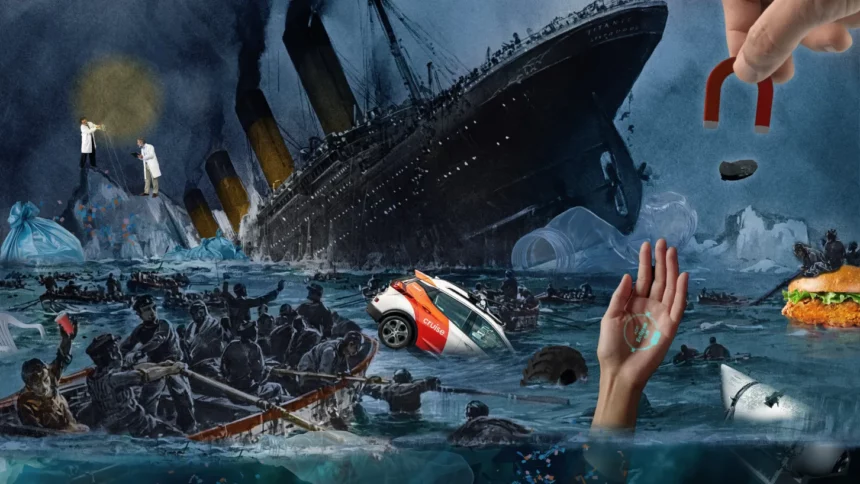Welcome to our annual compilation of the most problematic technologies. This year, a notable technological disaster offers valuable lessons, specifically the implosion of the Titan submersible during a dive to explore the Titanic.
Stockton Rush, the sub’s creator, chose to overlook numerous warnings about its safety, embracing a philosophy that innovation involves disregarding conventional rules and taking risks. Unfortunately, this disregard for sound engineering principles led to tragic consequences, resulting in the deaths of Rush and four others.
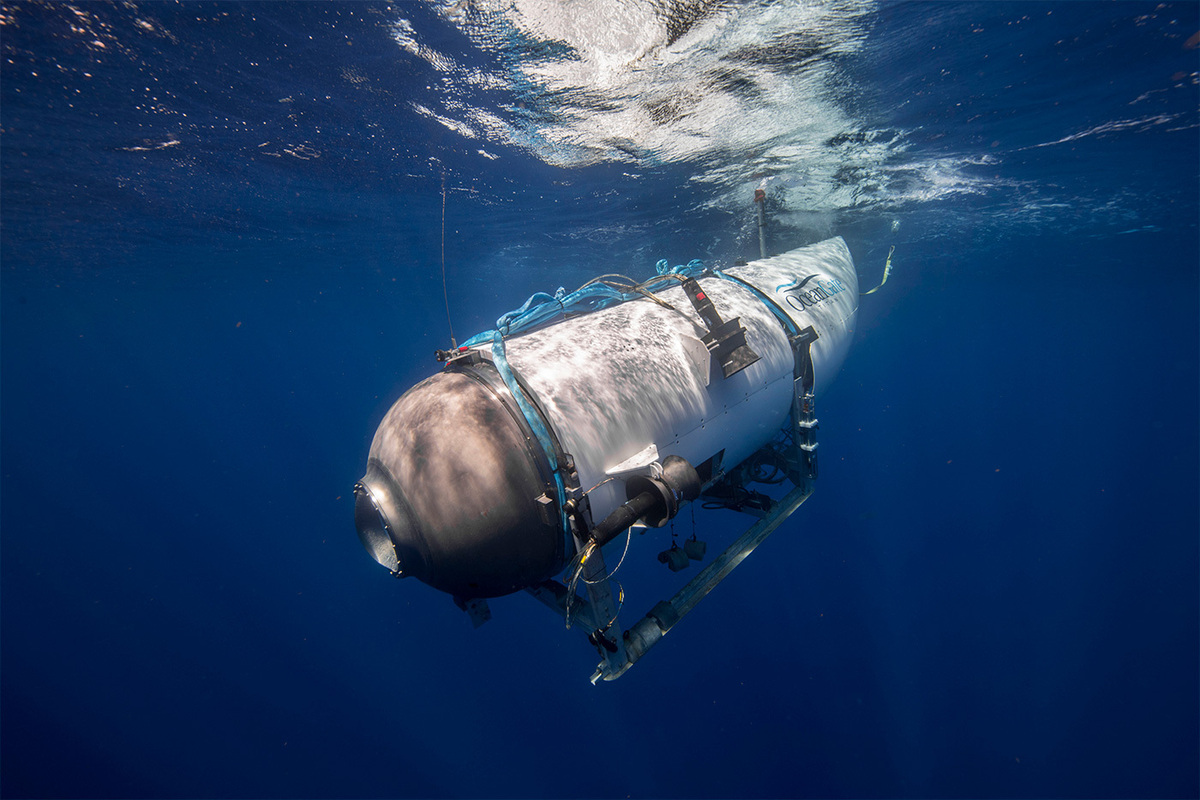
This incident serves as a stark reminder of how the pursuit of innovation can sometimes outpace reality, often resulting in unfavorable outcomes. Similar instances occurred throughout the year, such as GM’s Cruise division prematurely deploying robotaxis, possibly driven by the company’s annual losses of $2 billion. In other cases, companies resort to intricate strategies to sustain optimism, with one showcasing advanced industrial equipment while secretly relying on traditional methods for its lab-grown meat production. However, the most cringe-worthy situations arise when fervent believers are blind to impending disasters, a scenario exemplified by the new “Ai Pin” project. Developed at a substantial cost, this initiative aims to replace smartphones, but from our perspective, it appears to be a colossal failure in the making.
Titan submersible
This year’s technological mishaps feature a particularly tragic incident involving the Titan submersible, a revolutionary design for deep-sea exploration. Created by aerospace engineer Stockton Rush, the minivan-size carbon fiber tube aimed to usher in a new era of underwater tourism. Despite numerous warnings about its safety, Rush believed in pushing the boundaries of innovation, often quoting General MacArthur, “You’re remembered for the rules you break.” Unfortunately, on June 22, the Titan imploded, likely due to a catastrophic failure to withstand the intense pressure at 3,500 meters below the ocean’s surface, claiming the lives of Rush and four others. This serves as a poignant reminder of the importance of balancing innovation with pragmatic engineering principles.
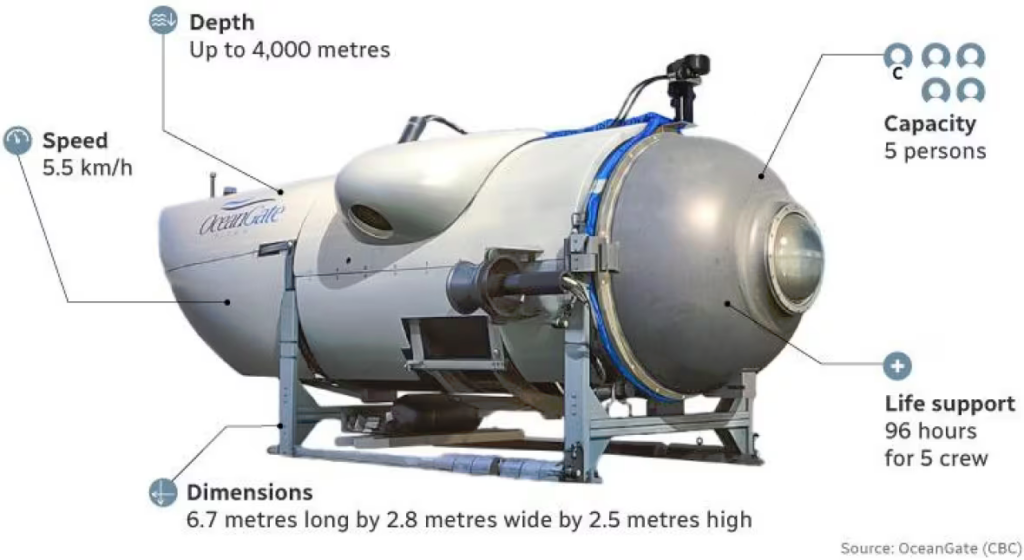
Lab-grown meat
The concept of lab-grown meat as a humane alternative to traditional farming faced a reality check this year, particularly with companies like Upside Foods. While the startup showcased impressive bioreactors capable of producing “whole textured chicken” filets, investigations revealed a different story. Instead of using the large tanks for efficient production, Upside relied on labor-intensive methods, growing chicken skin cells in smaller laboratory flasks. This approach, while resource-intensive, raised questions about the scalability and sustainability of lab-grown meat production. The gap between promises and practicality underscores the challenges of disrupting established industries.

Cruise robotaxi
Autonomous vehicles faced a setback this year, notably with Cruise, GM’s division that pioneered driverless taxi rides in San Francisco. Cruise’s initial claim that robotaxis don’t get tired, drunk, or distracted was put to the test when its sensor-equipped Chevy Bolts encountered mishaps, including an incident where a pedestrian was dragged. This led the California Department of Motor Vehicles to suspend GM’s robotaxis, citing an “unreasonable risk to public safety.” Cruise, now facing safety reviews and public scrutiny, temporarily paused its driverless service. The episode highlights the challenges and responsibilities associated with integrating autonomous technologies into our daily lives.

Plastic pollution
Plastic pollution took center stage as a pressing environmental concern in 2024. With humans producing a staggering 430 million tons of plastic annually, the lack of effective recycling methods poses a severe threat. Only 9% of this plastic gets recycled, leading to environmental degradation and health concerns. Calls for a “plastics treaty” to curb pollution face resistance, given plastic’s widespread use and cost-effectiveness. Researchers emphasize that the most effective solution is reducing plastic production altogether. The challenge lies in finding sustainable alternatives and promoting responsible consumption to mitigate the impact on the planet.
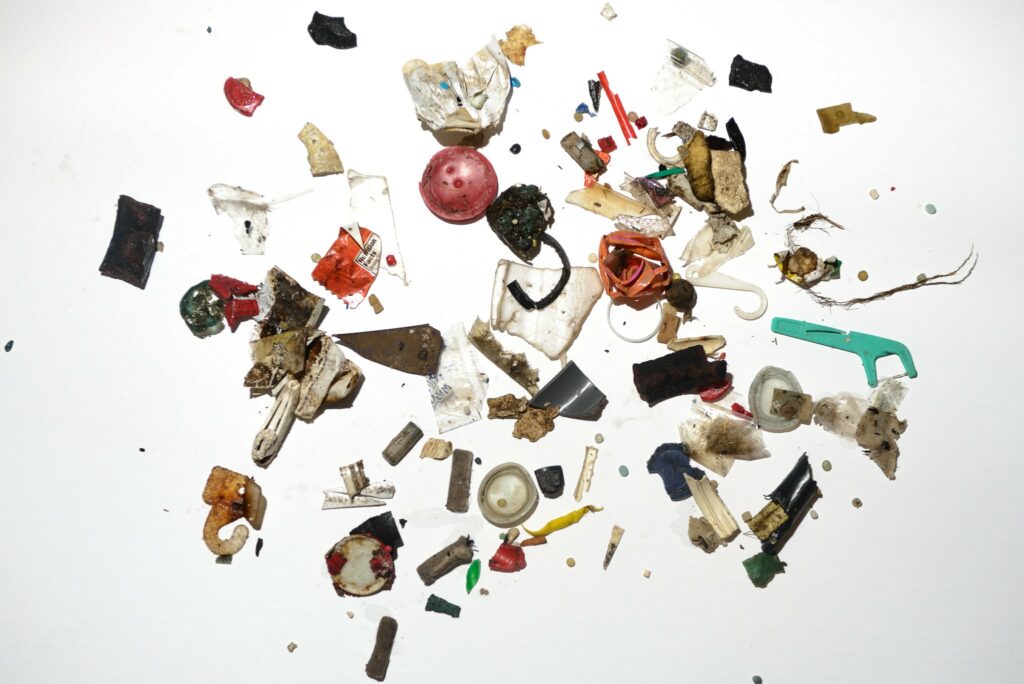
Humane Ai Pin
In Silicon Valley’s pursuit of post-smartphone innovation, the Humane Ai Pin emerged as a bold experiment. Developed by former Apple executives Bethany Bongiorno and Imran Chaudhri, this $699 plastic badge promised to combat smartphone addiction. However, early reviews deemed it “equal parts magic and awkward.” Users found its voice-command interactions and laser projector display impractical, while its weight discouraged attaching it to clothing. Despite raising $240 million and filing 25 patents, the Ai Pin struggled to align with the chief rule of good wearable design: user desirability. This narrative highlights the challenges of envisioning the next technological frontier while ensuring that it resonates with user preferences and practical utility.

Social media superconductor
The quest for a room-temperature superconductor, a material that defies electrical resistance, reached new heights of excitement with the emergence of LK-99. Heralded as a groundbreaking discovery, the substance promised revolutionary applications in batteries, quantum computing, and nuclear fusion. Social media played a pivotal role, amplifying the news through viral posts and videos, even if the origins of the information were less than scientific. As enthusiasts speculated on its transformative potential, real physicists attempted to replicate the findings and found the claims unsubstantiated. LK-99 turned out to be a mirage, highlighting the pitfalls of relying on social media for validating scientific breakthroughs.
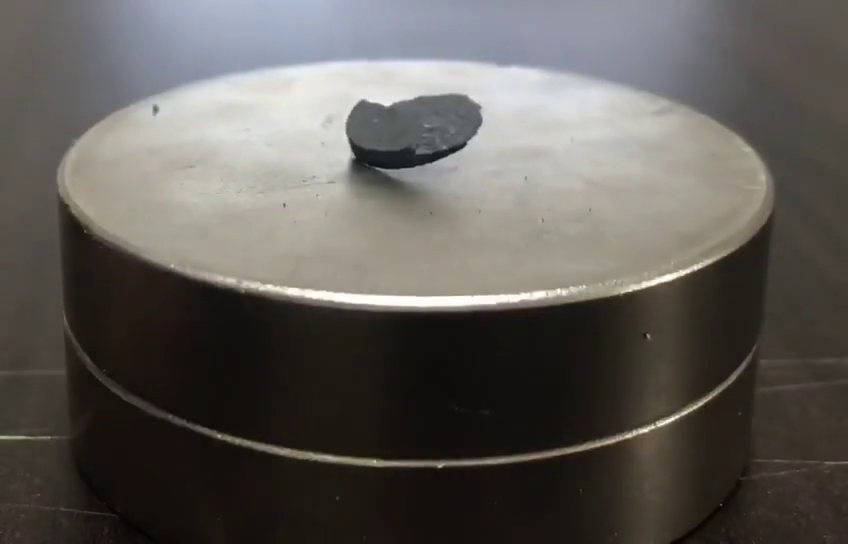
Rogue geoengineering
The controversial concept of solar geoengineering, aimed at cooling the planet by releasing reflective materials into the atmosphere, took an unexpected turn with the activities of Make Sunsets. The startup, undeterred by Mexico’s ban on geoengineering trials, planned to commercialize the deployment of reflective sulfur dioxide via balloons. This approach raised ethical concerns, as it bypassed community consent and triggered debates about who should wield the power to manipulate the environment. While the potential benefits of solar geoengineering are significant, the haste to implement such measures without thorough consideration of ethical implications risks triggering public resistance and hindering progress in combating climate change.


